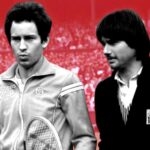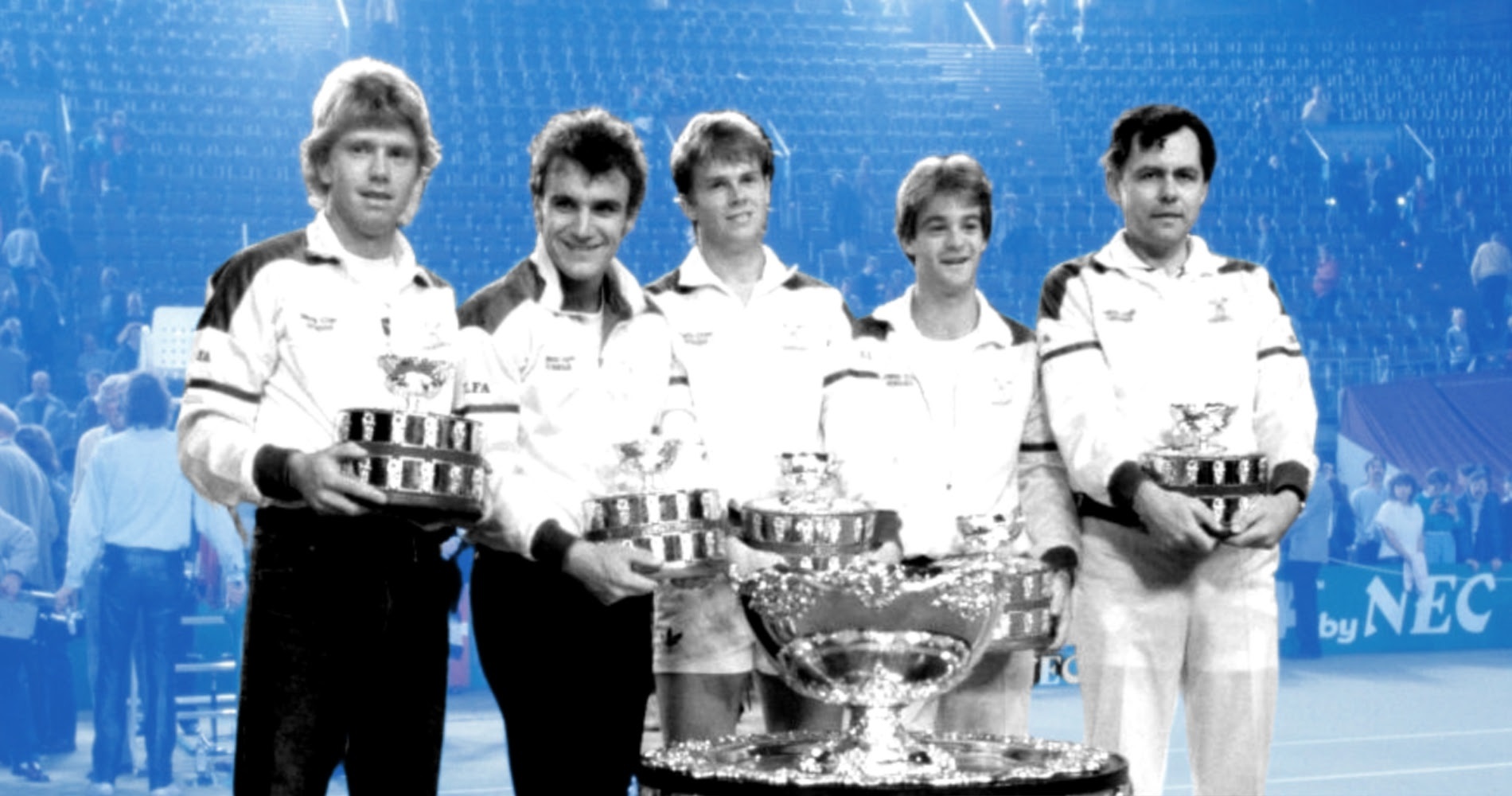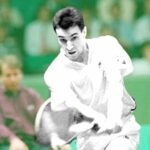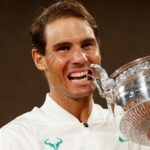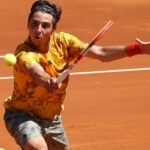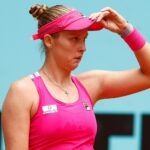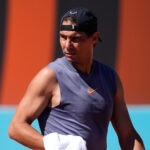January 19, 1989: The day world No 1 Mats Wilander was stunned in the second round of the Australian Open
Every day, Tennis Majors looks back at an important moment in tennis history. On this day, the world No 1, who had won three of the four majors in 1988, crumbled under pressure in the second round of the 1989 Australian Open
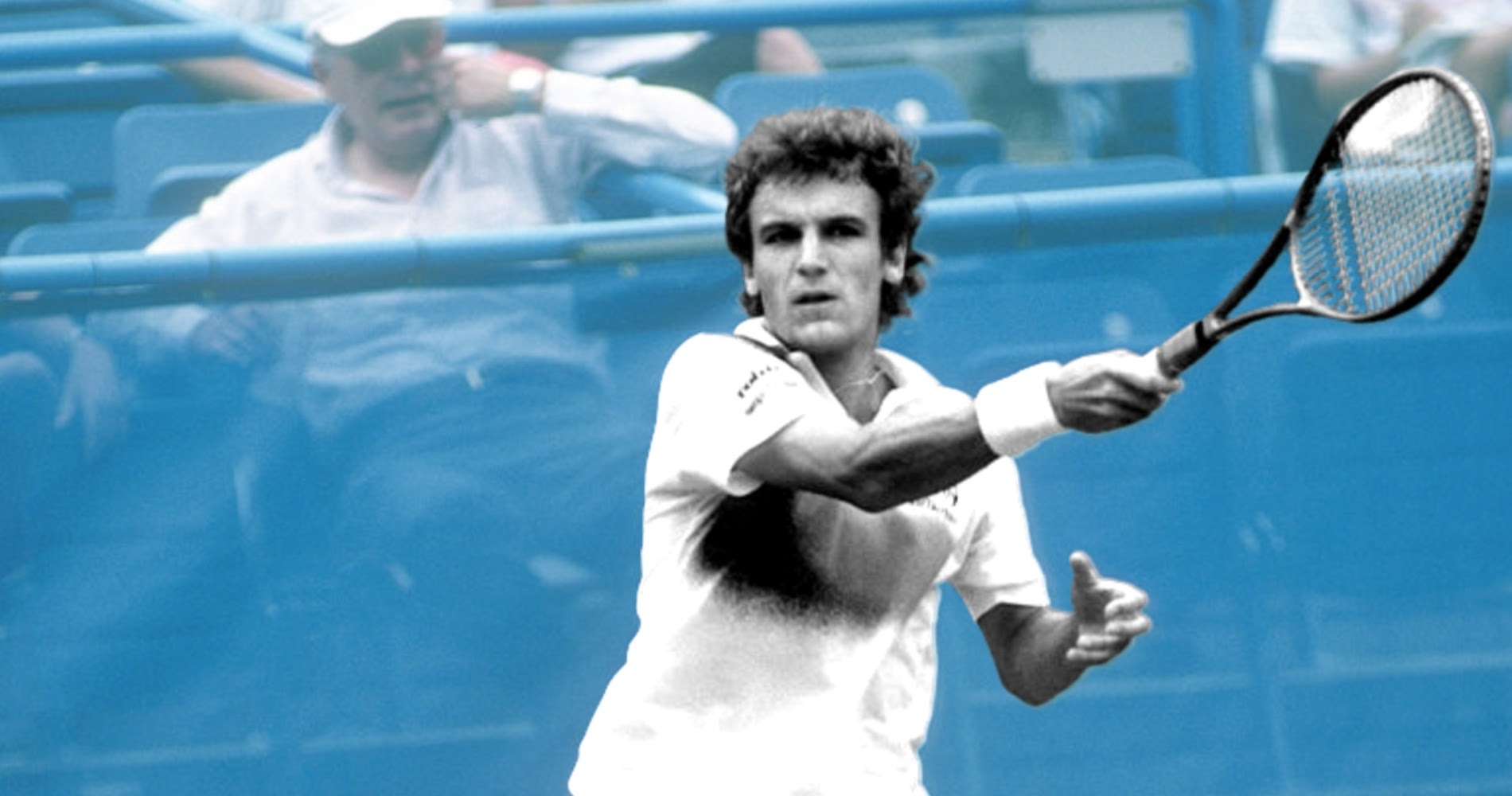 Wilander OTD 01_19
Image Credit: Panoramic/ Tennis Majors
Wilander OTD 01_19
Image Credit: Panoramic/ Tennis Majors
What happened on that day?
On this day, January 19, 1989, Mats Wilander, who had won three Grand Slams in 1988, started his first season as world No 1 by losing in the second round of the Australian Open to India’s Ramesh Krishnan (6-3, 6-2, 7-6).
The Swede, who had already struggled with motivation at the end of his greatest season, admitted that being No 1 put a lot of pressure on his shoulders. This second-round loss against Krishnan marked the start of Wilander’s decline, as he would never reach another Grand Slam final in his career.
The players: Mats Wilander and Ramesh Krishnan
- Mats Wilander, the Swedish superstar
Mats Wilander, born in 1964 in Vaxjo, Sweden, had achieved incredible success in his teen years. In 1982, aged only 17 years and 10 months, he became the youngest male player ever to lift a Grand Slam trophy, beating clay court legend Guillermo Vilas in the Roland-Garros final (1-6, 7-6, 6-0, 6-4).
Wilander had also made himself famous for a memorable act of sportsmanship earlier in the tournament. In the semi-final against Jose-Luis Clerc, on his first match point, he reversed a call that would have sealed his victory after the umpire had already announced “game, set and match”.
In 1982, in a Davis Cup quarter-final, he also played the longest match of the Open Era, losing after six hours and 22 minutes of play to John McEnroe (9-7, 6-2, 15-17, 3-6, 8-6).
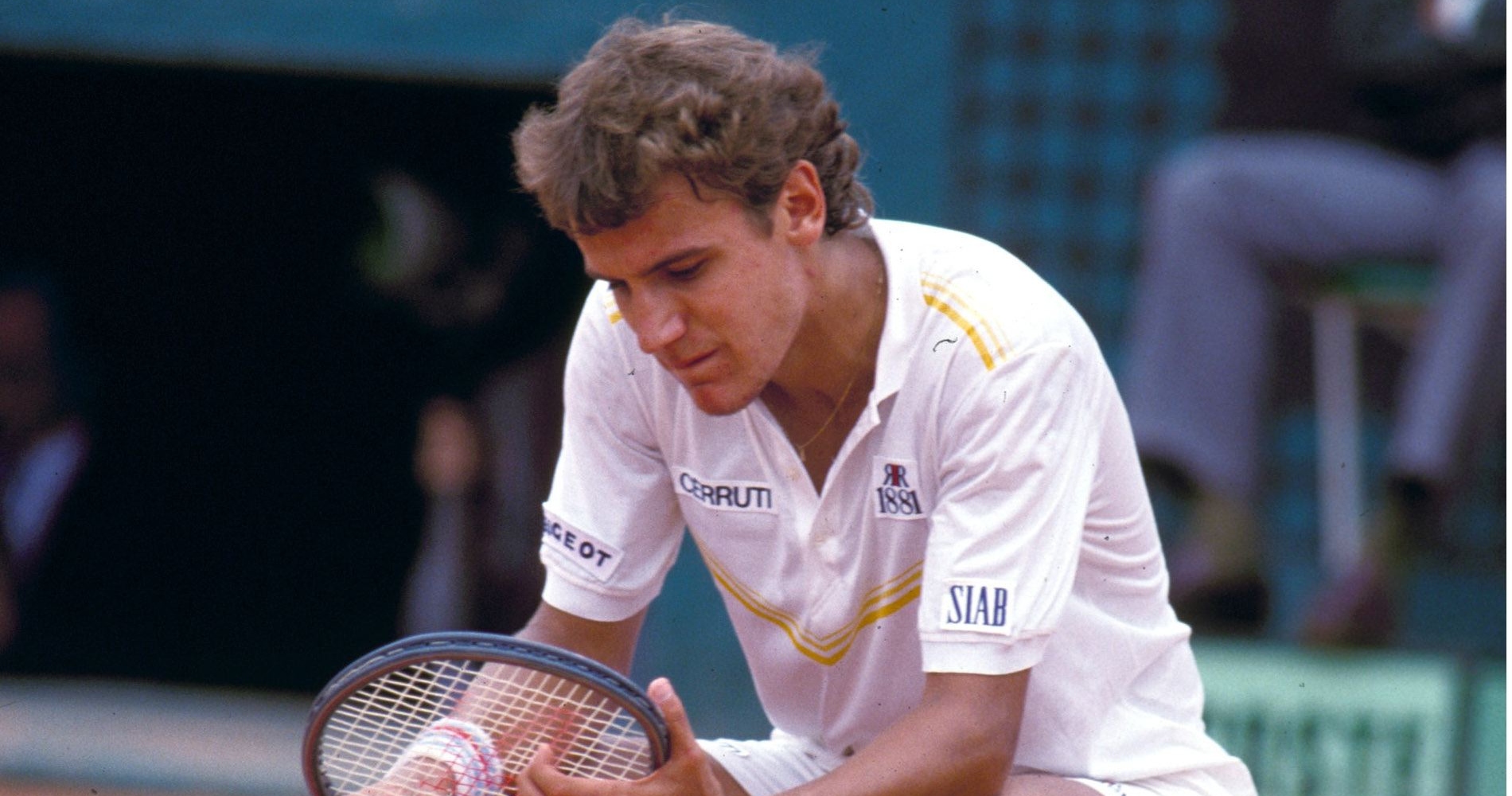
Runner-up to Frenchman Yannick Noah at Roland-Garros in 1983 (6-2, 7-5, 7-6), Wilander claimed a second Grand Slam crown a few months later, defeating Ivan Lendl (6-1, 6-4, 6-4) to triumph on the Australian grass. The victory came to everyone’s surprise, as Wilanders’s game style was more suitable for clay.
In 1984, the Swede successfully defended his title in Melbourne (defeating Kevin Curren in the final, 6-7, 6-4, 7-6, 6-2), and in 1985, he added a second Roland-Garros trophy to his list of achievements (beating Lendl in the final, 3-6, 6-4, 6-2, 6-2).
Wilander had also led the Swedish team to its first ever Davis Cup title in 1984, a feat that was repeated in 1985 and 1987. 1988 was undoubtedly Wilander’s peak year: after claiming three out of the four Grand Slam titles, he reached the world No 1 position on September 12. He now held seven Grand Slam titles, the only one missing from his list of achievements being Wimbledon, where he had never gone past the quarter-finals.
- Ramesh Krishnan: India’s No 1 and Grand Slam quarter-finalist
Ramesh Krishnan, born in 1961 in Chennai, was one of the greatest Indian players of all time. He claimed the first of his seven titles in Manila in 1981, defeating Ivan Dupasquier in the final (6-4, 6-4). That year, he also reached the quarter-finals in a Grand Slam tournament for the first time, at the US Open (defeated by John McEnroe, 6-7, 7-6, 6-4, 6-2).
In the following years, he would achieve this result two more times: at Wimbledon in 1986 (lost to Slobodan Zivojinovic, 6-2, 7-6, 4-6, 6-3), and at the US Open in 1987 (eliminated by Stefan Edberg, 6-2, 6-2, 6-2). He reached his career-high ranking of world No 23 in 1985 but it was in 1986 that he claimed his most important title, in Hong Kong, defeating future Roland-Garros champion Andres Gomez in the final (7-6, 6-0, 7-5).
In 1987, he led India into an unexpected Davis Cup final, which was ironically lost against Sweden. He started his 1989 season in the best possible way, lifting the trophy in Auckland by beating Amos Mansdorf in the final (6-4, 6-0).
The place: Australian Open, Melbourne
Unlike the other Grand Slam tournaments, the Australian Open (first known as the Australasian Championships and, later, the Australian Championships) had moved several locations throughout the years. In fact, the event switched cities every year before it settled in Melbourne in 1972, and no less than five Australian cities had hosted the event at least three times: Melbourne, Sydney, Adelaide, Brisbane and Perth. The event was held on grass at the Kooyong Stadium in an affluent suburb of Melbourne.
Its position on the calendar had changed several times as well, between early December and January, going from being the first Grand Slam of the year to being the last. Until 1982, several of the top players skipped the Australian Open, mainly because of the remote location and the low prize money, but then, with the triumph of Wilander, the dynamic began to change.
The tournament’s board made big efforts to become as prestigious as the other Grand Slams, which ended up with the event moving to a new location in 1988 in Flinders Park (now known as Melbourne Park), switching from grass to hard courts, and displaying the first-ever Centre Court equipped with a retractable roof. Prize money increased as well and the Australian Open was now on equal footing to the other major tournaments.
The facts: Krishnan upsets Wilander in straight sets
In the Australian Open second-round encounter between defending champion Wilander and Krishnan, saying that the Swede was the favourite would be an understatement. The three-time Australian Open champion was the undisputed world No 1, having won three out of the four Grand Slam events in 1988.
Even if he had seemed to struggle with motivation at the end of the season, suffering an unexpected loss in the Davis Cup final against Carl-Uwe Steeb (which hastened Sweden’s defeat against West Germany), he had a few weeks to recover and his opponent was only ranked No 51 in the world. Furthermore, the Swede had easily defeated Krishnan the last time they faced each other, in the 1987 Davis Cup final (6-4, 6-1, 6-3).
However, in the first round of the 1989 Australian Open, Wilander had had to fight for five long sets to defeat Tobias Svantesson (6-3, 2-6, 7-5, 5-7, 6-3). Krishnan, who had already scored a few upsets in his career but had never defeated a world No 1, took his chances and quickly took a hold on the match against Wilander, who played like a mere shadow of himself.
Soon, the Indian led 6-3, 6-2 and, even though his opponent changed tactics and started attacking the net, Krishnan obtained a first match point at 5-3 in the third set. The world No 1 saved it, and, escaping a very heavy loss, managed to push Krishnan into a tiebreak after saving two more match points in the following game. This was not enough to shake Krishnan’s confidence, and a few minutes later the Indian, hitting a final winning volley, stunned the tennis world by taking Wilander out of the Australian Open (6-3, 6-2, 7-6).
“It’s my biggest win so far, there’s no question about that,” Krishnan said, according to The Los Angeles Times. “He hasn’t played well recently and he’s definitely not in good form.”
“I played really short and you can’t get away with that against Ramesh,” Wilander said, quoted by The New York Times. ”Mentally I just wasn’t in the match. He never let up and didn’t make any mistakes (…) It has been difficult for me to motivate myself since the US Open. That was such a big thing for me. Maybe being No 1 has got to me, because from there you can only go down.”
Wilander added that he was not enjoying his tennis and was considering taking a break from the game.
What next? Wilander drops out of the top 10 at the end of 1989
Ramesh Krishnan would be defeated in the following round by Leonardo Lavalle, world No 74 (7-5, 6-4, 3-6, 6-3). The Indian would claim an eighth and final ATP singles title in Schenectady in 1990, before retiring in 1993.
This loss combined with the unexpected one against Steeb would later be pinpointed as the first signs of Wilander’s decline. He would never reach another Grand Slam final and by the end of 1989, he would drop out of the top 10 once and for all. He would only add one more title to his list of achievements, in Itaparica, defeating Marcelo Filippini in the final (6-1, 6-2). In 2020, he would explain to atptour.com: “I felt like I was the best player in the world during the year of 1988, but once I got labelled No 1 with an actual ranking, I actually had a shocking four months…I guess I was just horrible at dealing with that pressure.”

